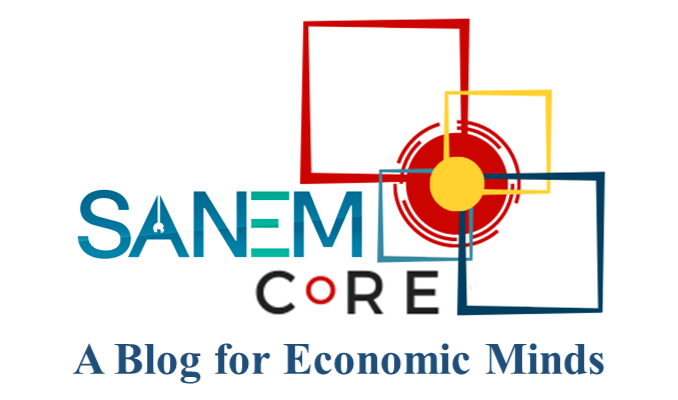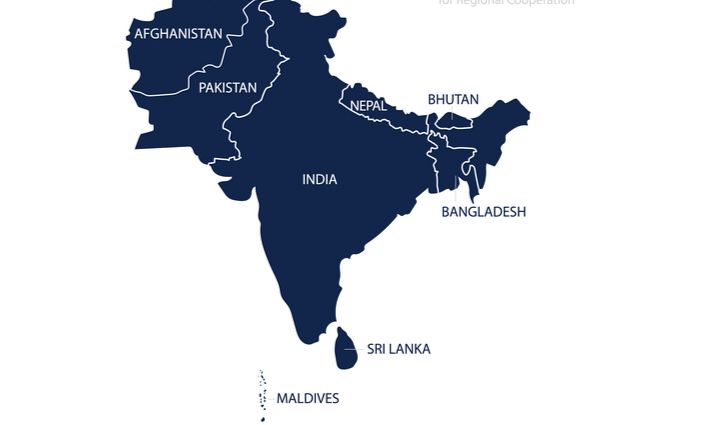There are strong arguments for deeper regional economic integration in South Asia. It is believed to have the potential for generating significant intra-regional trade and welfare gains for the countries involved. Deeper regional integration is supposed to provide countries in the region improved market access in each other’s markets, and thus help boost their exports. These will facilitate intra-regional trade and associated investment flows which will generate more trading opportunities among the countries involved since there will be tariff differentials due to the most favored nation (MFN) vis-à-vis regional tariff regimes. These are static gains that the countries involved would be able to realize. Dynamic gains could be even greater due to the possible expansion of the scale of operation owing to easy access to the large regional market buoyed by increased investment and more efficient allocation of regional resources.
Regrettably, intra-regional trade in South Asia has hovered around 5.0 percent for the past decade. This is significantly lower when compared to other regional arrangements such as the North American Free Trade Agreement (NAFTA), the Association of Southeast Asian Nations (ASEAN), and the European Union (EU). The current regime of regional integration in South Asia has primarily focused on the rise in intra-regional trade in goods.
..the new regime will require clear and visible leadership from India in taking the agenda forward. Other countries in the region should not be only at the receiving end but also have to take part actively and effectively. The new regime will call for all South Asian countries to balance what effectively they can offer and what they can expect in the deeper integration process.
However, South Asia is on the verge of a new regime of regional integration which should involve four integration processes: (i) market integration: integration in trade in goods and services; (ii) growth integration: integration in economic growth processes of the South Asian countries; (iii) investment integration: promotion of regional investment and trade nexus; and (iv) policy integration: harmonization of economic and trade policies. A new regime on regional integration in South Asia calls for these four integration processes by responding to four fundamental questions.
On the first question “Why is there a need for deeper regional integration in South Asia?” the answer is: there is now convincing evidence that deeper regional integration is needed for generating and sustaining economic growth in the South Asian countries, i.e. regional integration will be a critical factor in the future growth processes of these countries. This is required for larger employment creation and alleviation of poverty in a region that has the highest number and density of poor people. For the promotion of inclusive growth, regional integration will be an effective instrument.
Ensuring food security is a challenging issue, and intra-regional trade in agricultural and food products will be immensely critical. Deeper regional integration through trade and transport facilitation will increase the competitiveness of these countries to better participate in the global trade. The promotion of the regional supply chain will be critical in developing dynamic comparative advantages of these countries. Finally, the peace dividends, through intra-country stable political relations, will be immensely high.
On the second question “How to achieve deeper regional integration in South Asia?” the answer is: despite all shortcomings, the South Asian Free Trade Area (SAFTA) is a landmark achievement, and deeper integration has to take lessons from it. Intra-regional trade in South Asia has been low, but there are signs of huge potential. There is a need to move beyond the SAFTA, and the new regime has to put much weight on regional investment and trade nexus. Promotion of intra-regional investments and attracting extra-regional FDIs in goods and services sectors in general, and energy and infrastructural sectors, in particular, will be the key driver in the new regime.
On the third question “What to do?” the answer is: a comprehensive assessment is needed on achievements of the SAFTA so far. For deeper market integration in goods, full implementation of the SAFTA is needed with an emphasis on further liberalization of intra-SAARC tariffs, reduction in the sensitive list, relaxing the rules of origin, and establishing effective mechanisms to deal with the NTMs/NTBs. There is a need to link intra-regional liberalization with enhanced intra-regional investment in different services sectors. Regional and sub-regional efforts have to be promoted for different trade and transport facilitation measures, for cooperation in energy generation and transmission, and for linking energy cooperation and trade and transport facilitation with investment and growth processes of these countries. The focus should also be on the promotion of regional supply chains. The new regime will call for greater integration in trade, macro, financial and industrial policies with the aim of removing different policy and structural barriers. Short-term and medium-term realistic targets should be spelled out. The new regime will re-emphasise on the importance of concrete regional efforts in the diversification of the export structures of the smaller and weaker countries for them to effectively integrate with the regional economy.
On the fourth question “Who will do and what?” the answer is: the new regime will require clear and visible leadership from India in taking the agenda forward. Other countries in the region should not be only at the receiving end but also have to take part actively and effectively. The new regime will call for all South Asian countries to balance what effectively they can offer and what they can expect in the deeper integration process. Regional institutions, like SAARC Secretariat, have to be institutionally reformed and reoriented. Business associations and civil society organizations have to understand and take part in the political economy process of pursuing regional integration agenda in South Asia more than ever under the new regime.



RECENT COMMENTS